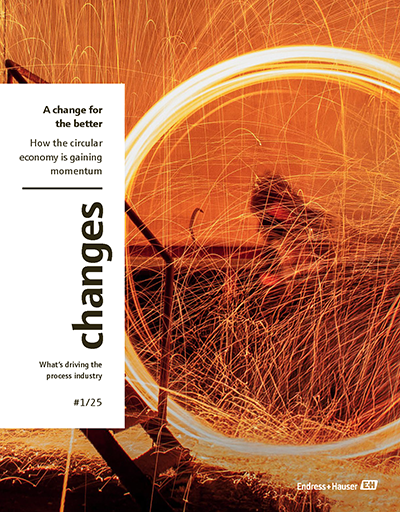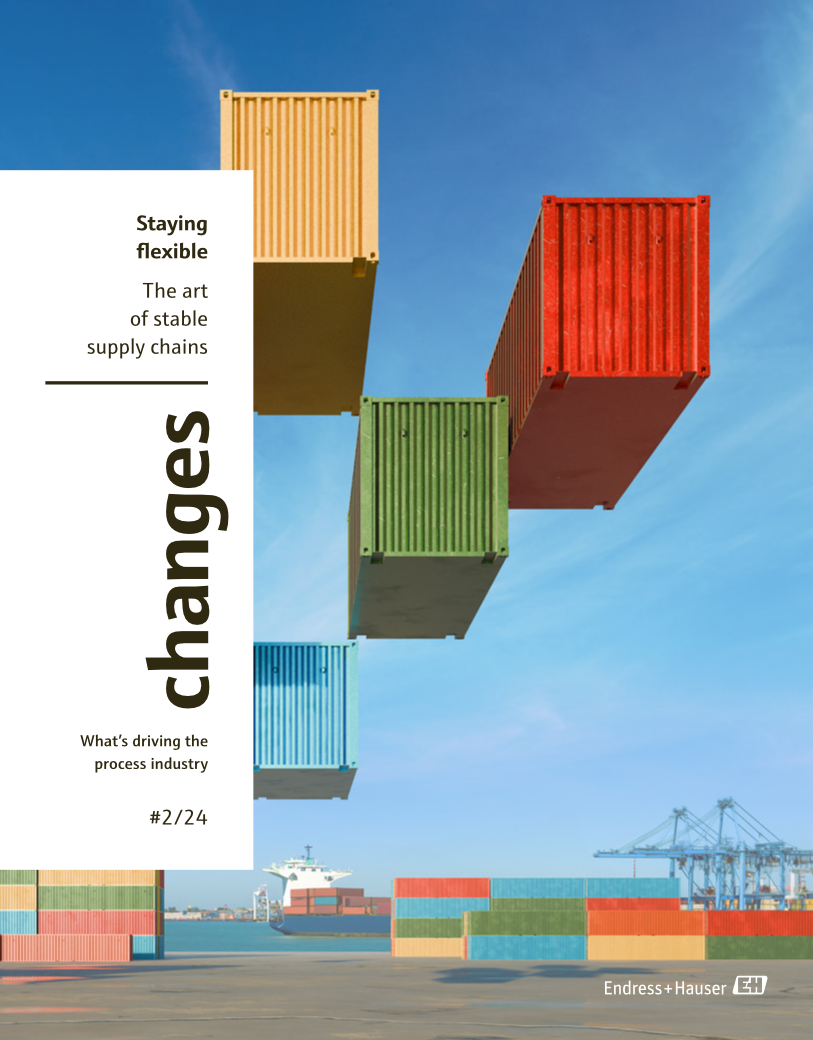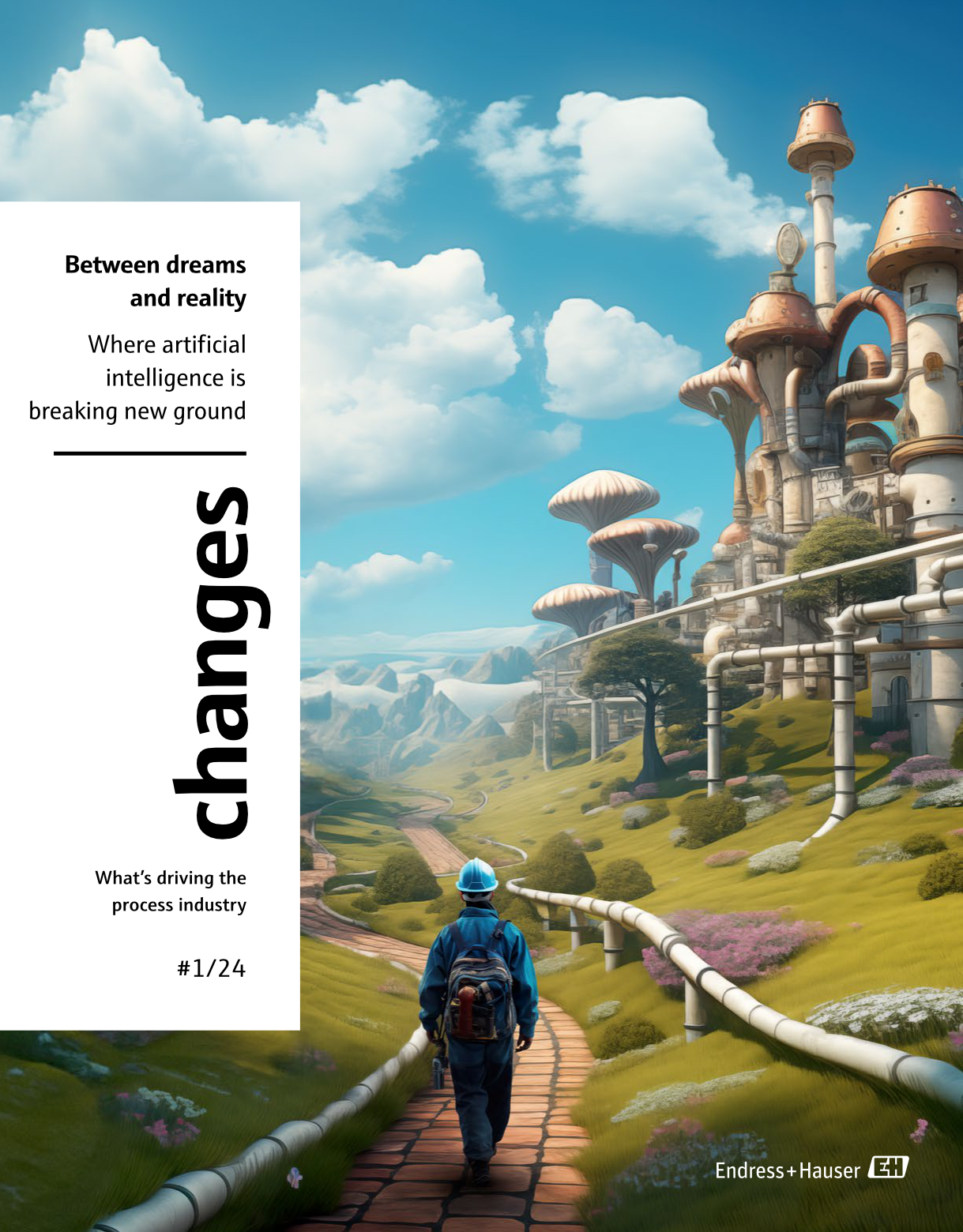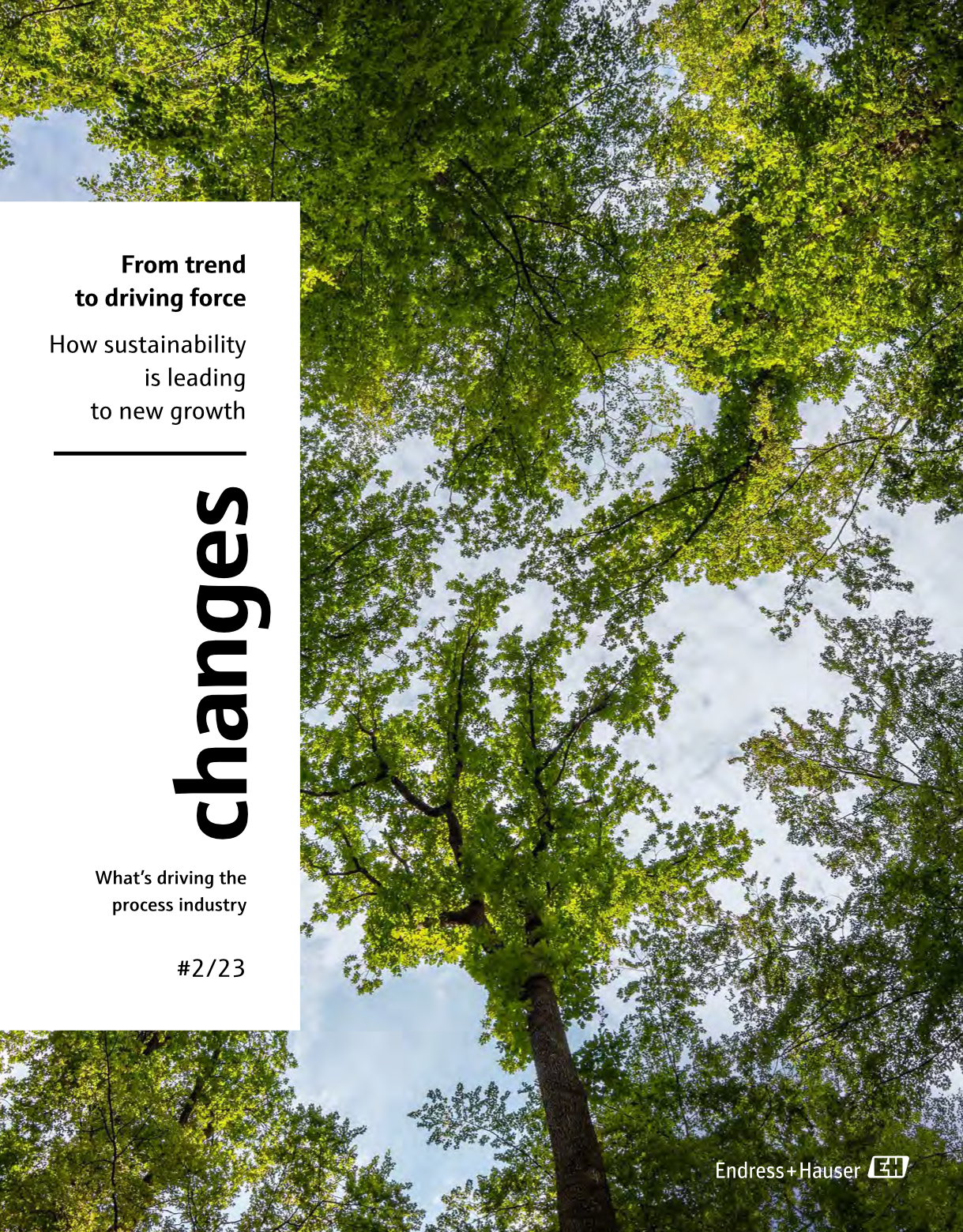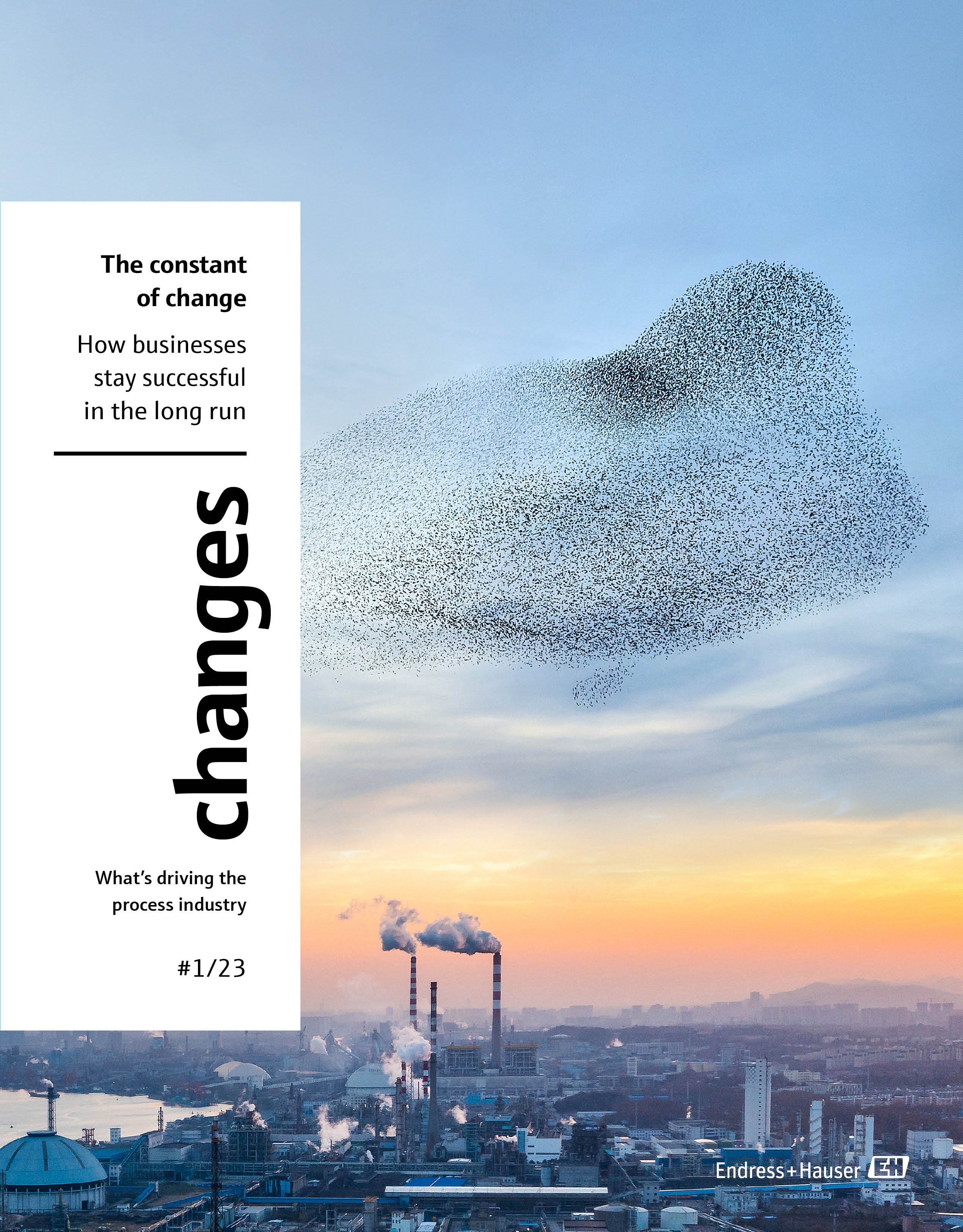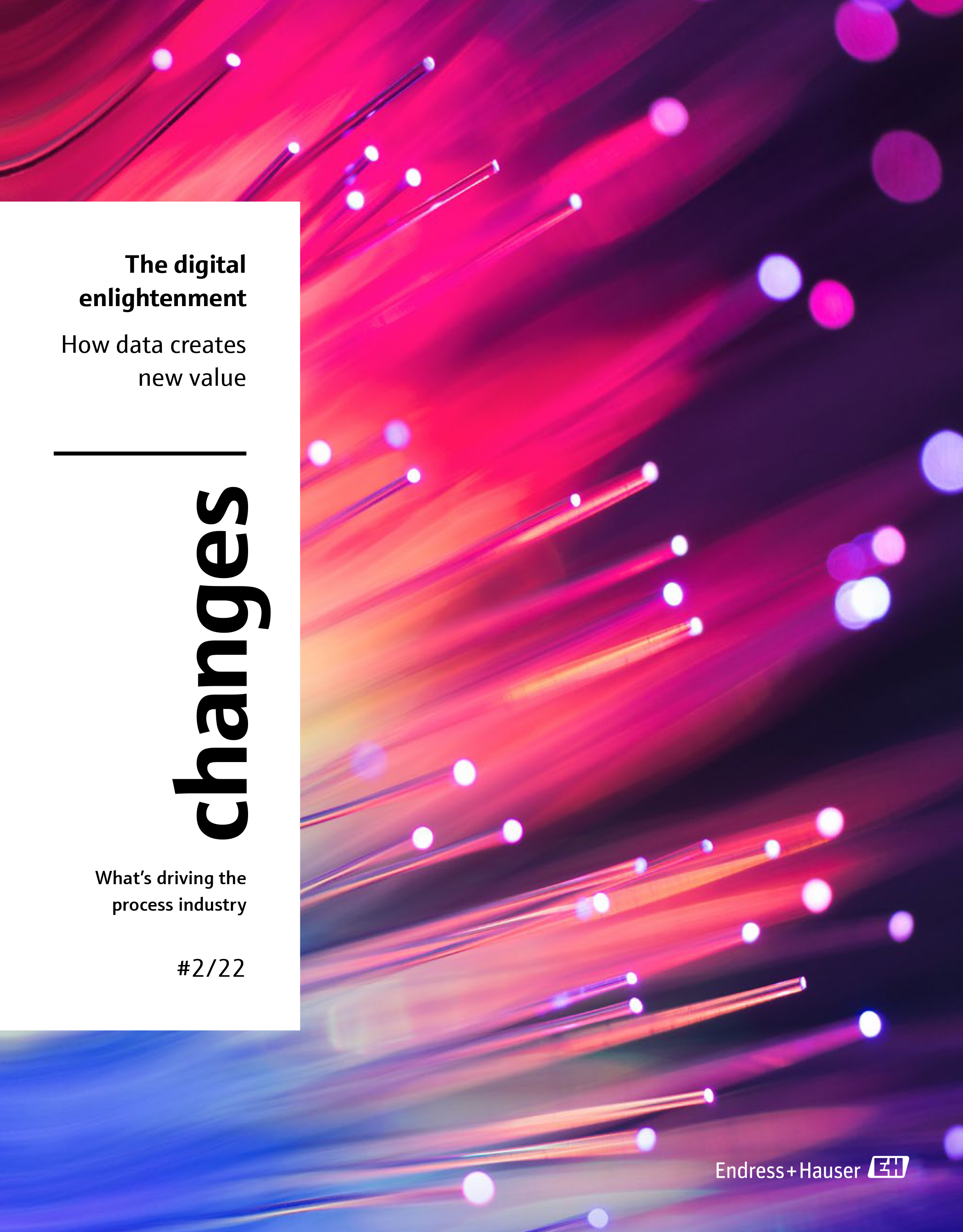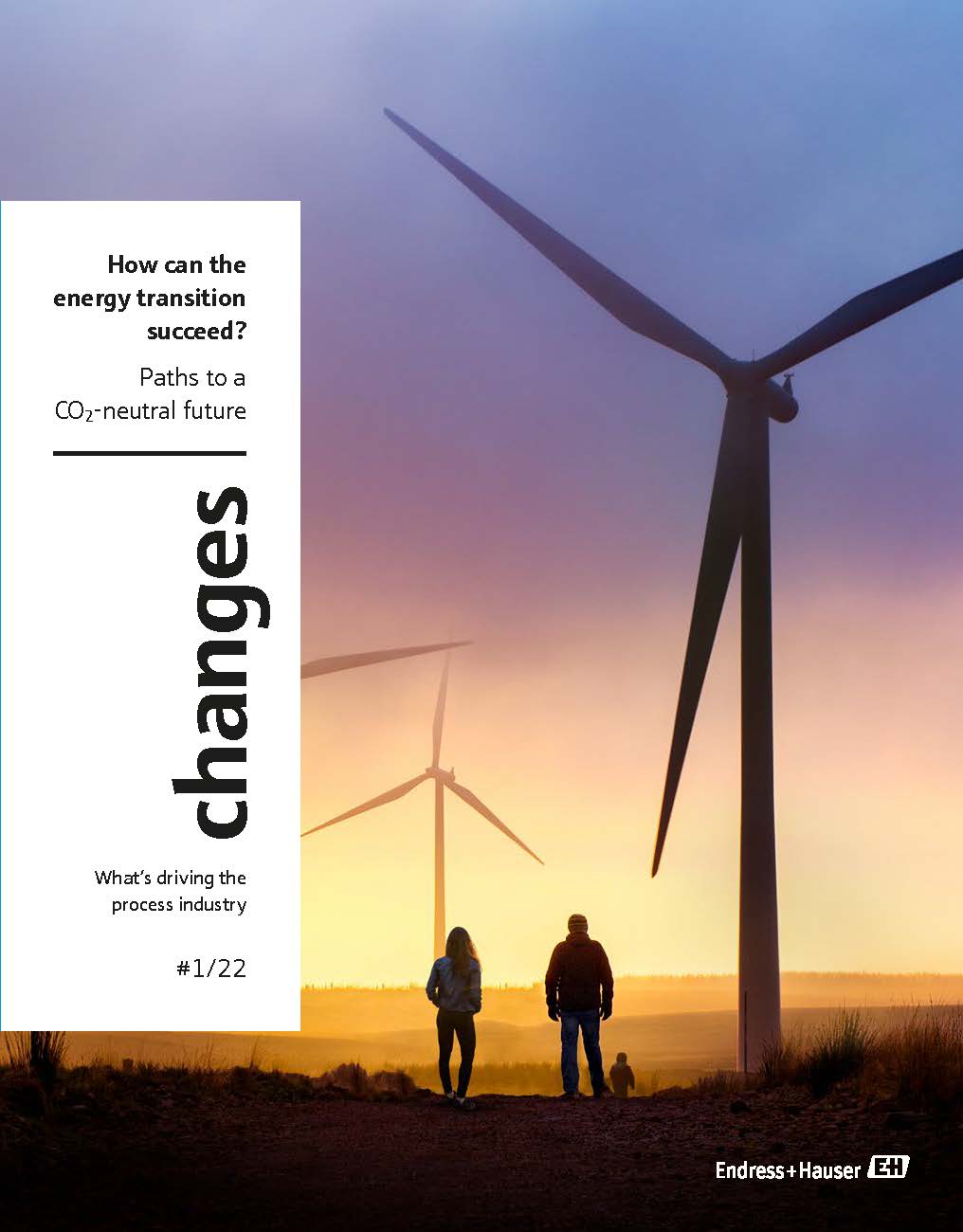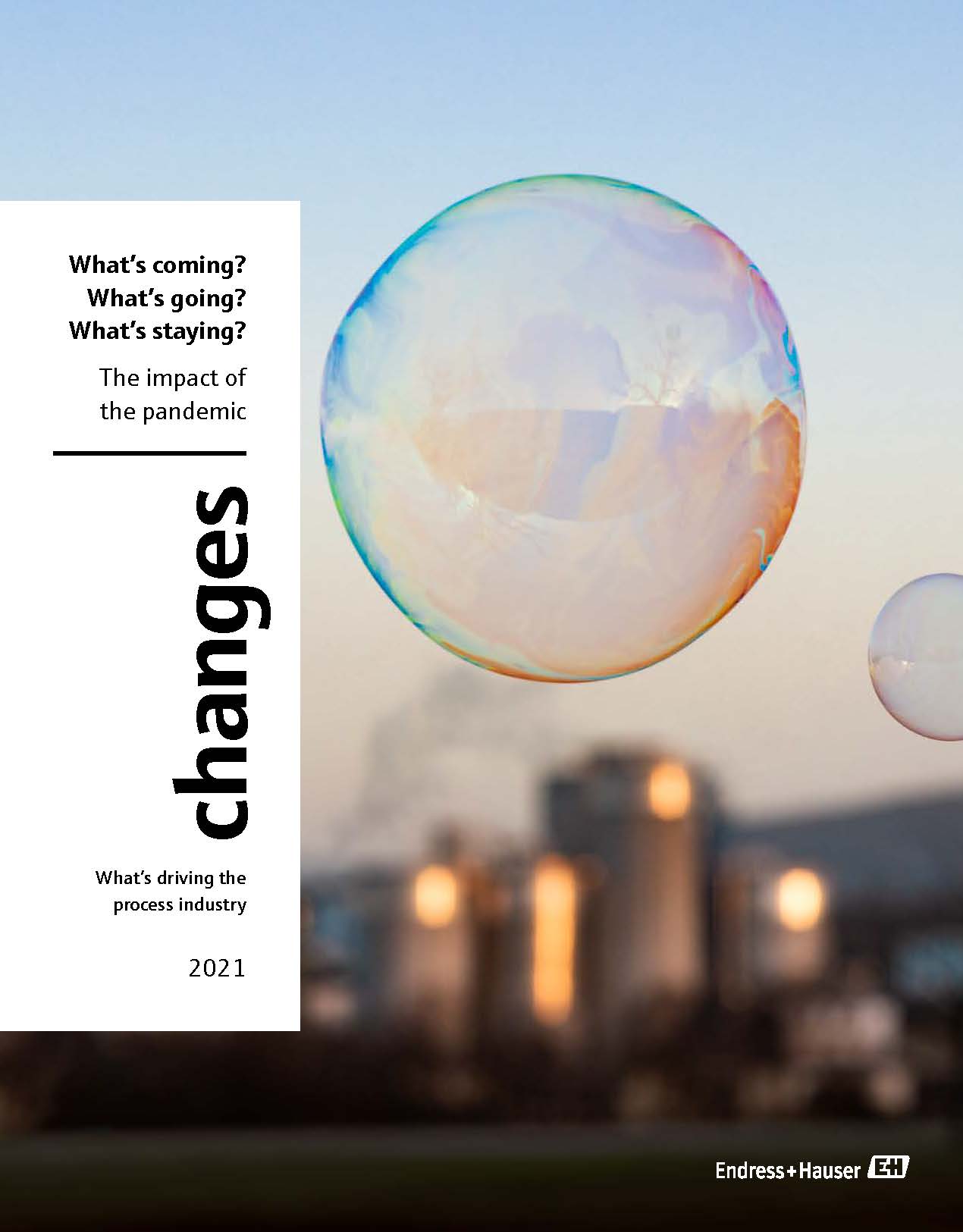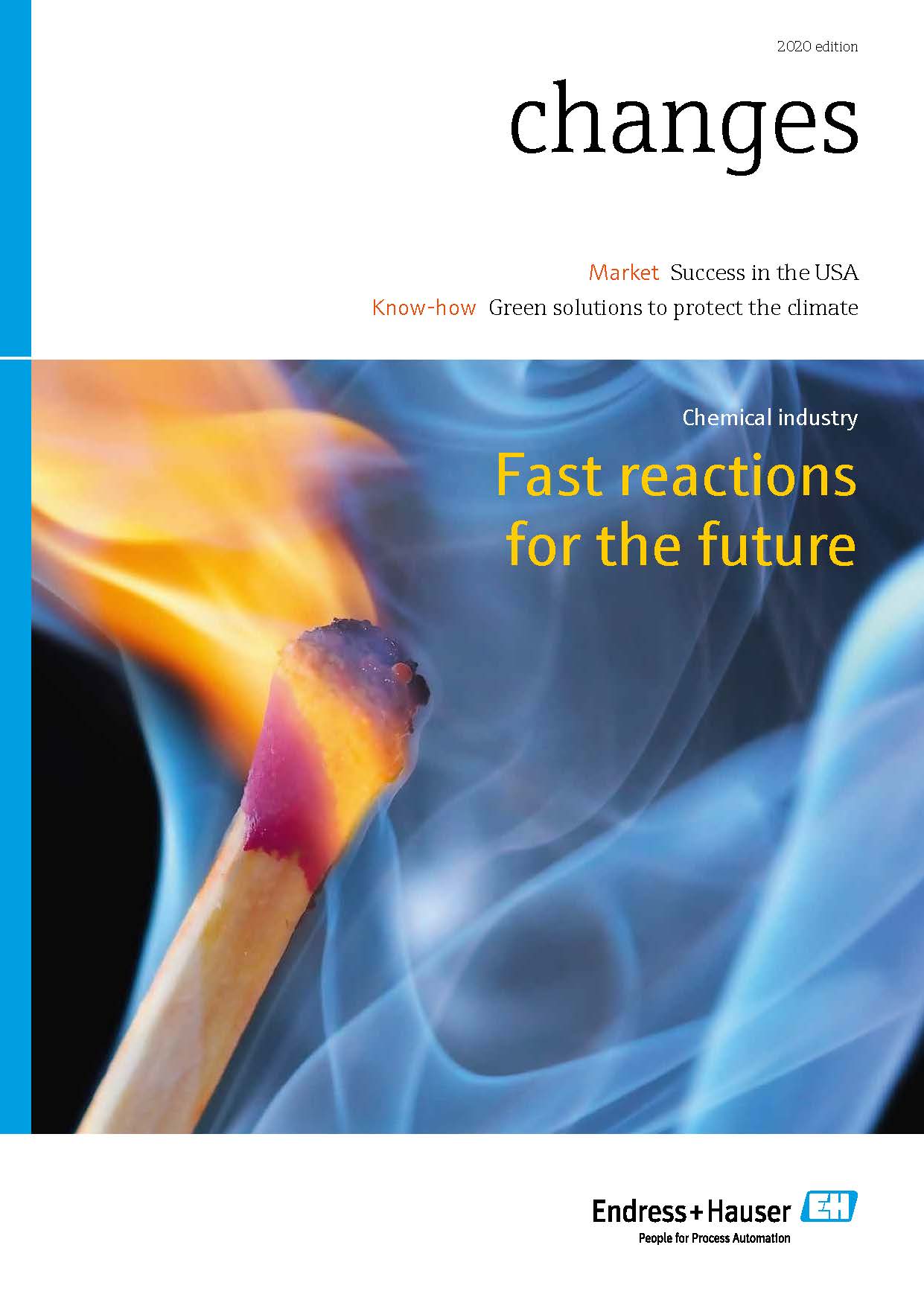"I fight for every milliwatt"
As an electronics developer, Romuald Girardey ensures that Endress+Hauser measuring instruments consume the least possible power. He’s also no slouch when it comes to cutting energy waste in his private life. Here, he explains why this topic is so important to him.
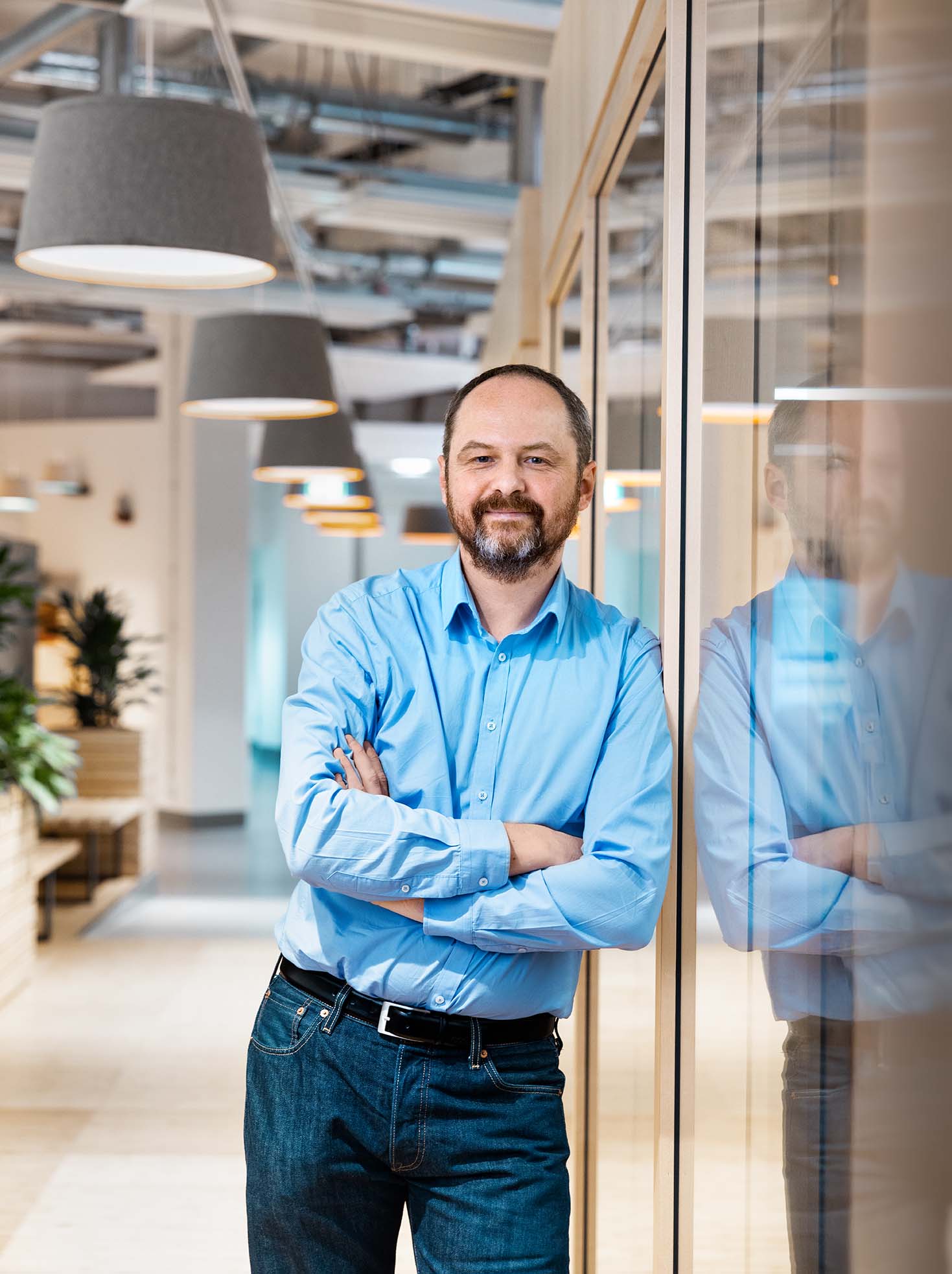

Dr Romuald Girardey is an expert in designing microchips and complex semiconductor packages.
There are few electronics developers who are not interested in sustainability on a personal level. This is because, in our profession, we aim to use energy efficiently. I too have been fighting for every milliwatt my whole working life at Endress+Hauser. Our sensors should use as little power as possible, a necessity due to the 4–20 mA technology that is commonplace in many systems. And, of course, we want to keep our instruments’ environmental impact to a minimum.
My specialty is developing application-specific integrated circuits. As central components of our devices, these microchips must be able to do more and more in this age of digitalization. For example, the tuning fork of our new Liquiphant FTL43 limit switch is no longer excited by analog means, but digitally. This requires a complex algorithm, for which there is no off-the-shelf microchip capable of running it both quickly and energy-efficiently. So I designed one myself – both the processor core and the peripherals.
I am proud of how my work has resulted in a microchip that is highly effective while consuming just 1.5 milliwatts of power. Compare that with a television in standby mode, doing nothing and yet consuming a whole watt, more than 600 times as much. So all new level switches in the future will feature the chip, which is also set for use in other product families.
The old house that I bought over 10 years ago with my wife – also an electronics engineer – was once a real CO2 polluter: oil heating and zero insulation. I went on to renovate it myself. These days we need very little energy thanks to thermal insulation, triple-glazed windows and a ventilation system with a heat exchanger – and what we do need comes from renewable sources. We have solar thermal and photovoltaic modules on the roof, a heat pump and a heat and energy storage system. Smart automation fed with weather and environmental data controls them all, along with everything electrical in the house. So no energy goes to waste.
Some may think that a watt less or more can’t really matter much. But I want to keep my ecological footprint as small as possible. I can already see the effects of climate change in my home region, Alsace. Sometimes it rains too much, sometimes too little. In summer there are water shortages. Of course, I’m concerned about how I can give my young daughters a good future. In any case, I am convinced that even the smallest contribution is part of a larger solution.
This same principle also applies to my work. Endress+Hauser sells three million measuring instruments annually, many of which see 10, 15 or more years of service. Every milliwatt less adds up to a huge difference – and ultimately helps to make the process industry that little bit more sustainable.

Published 14.07.2025, last updated 08.09.2025.
Dive into the world of the process industry through new exciting stories every month with our «changes» newsletter!
